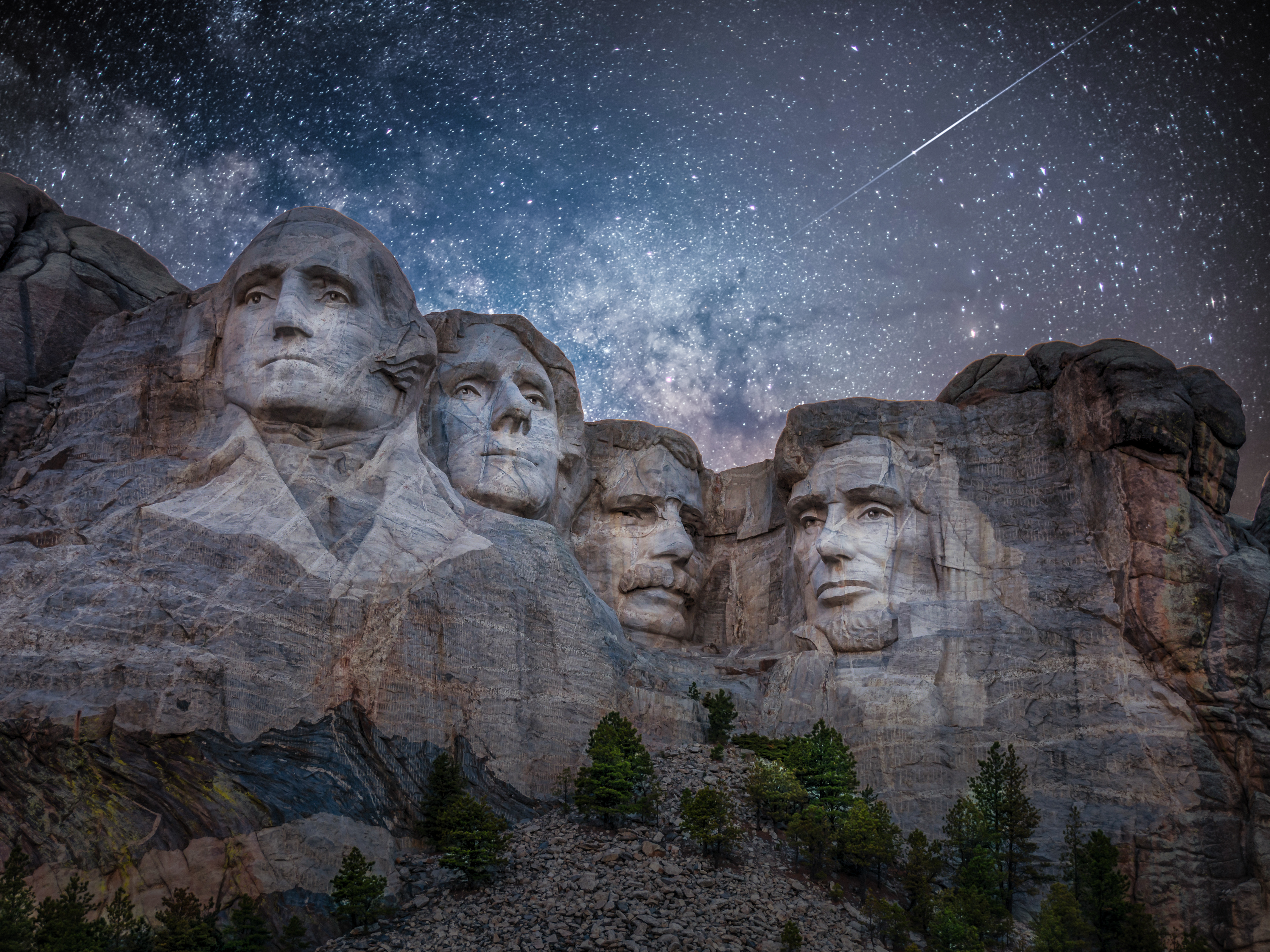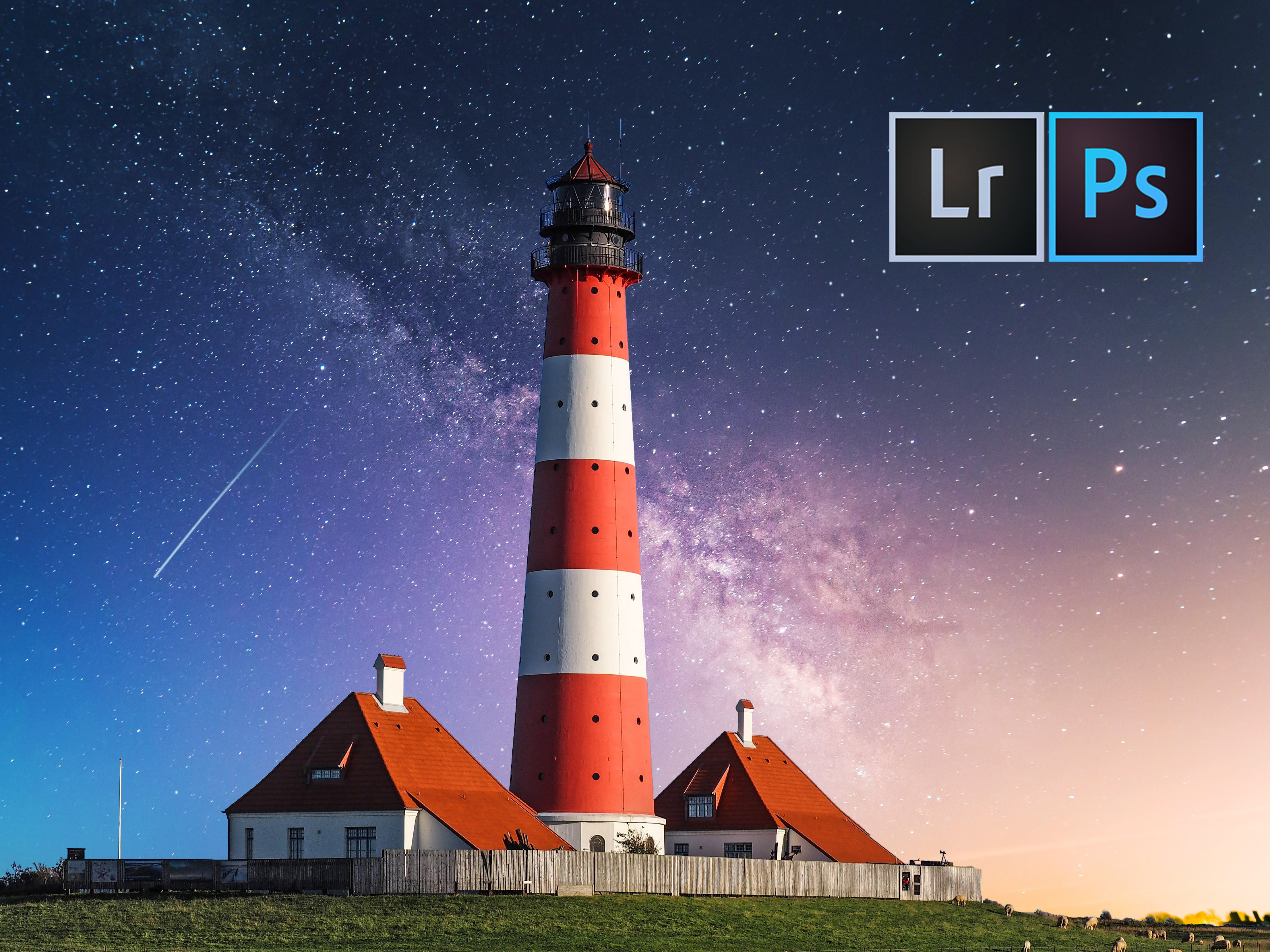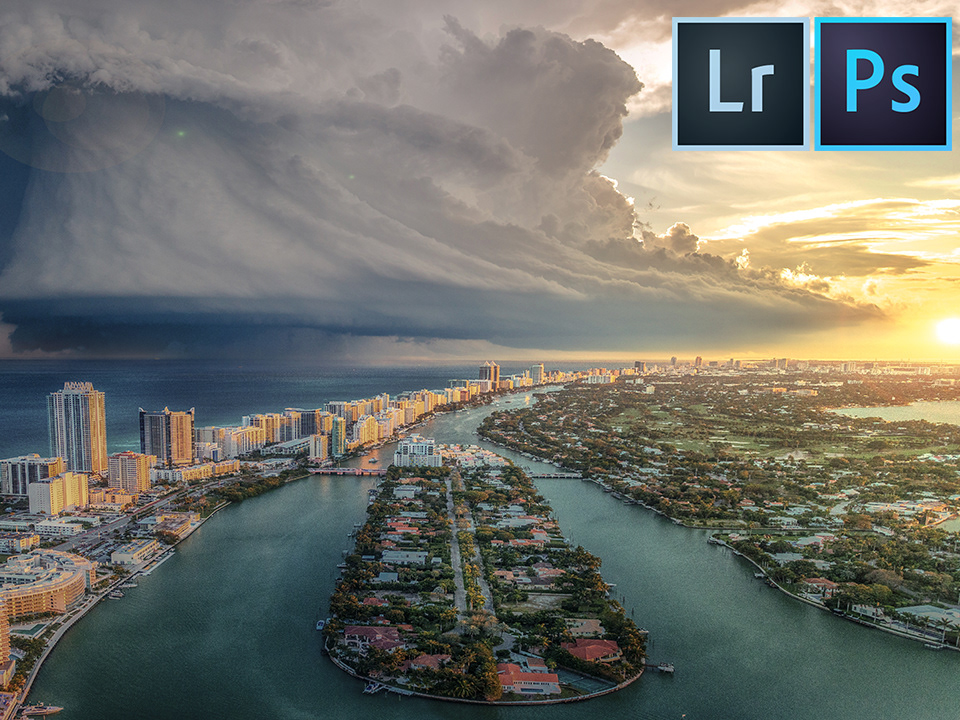Ever wonder how someone can go to the same spot as you, take photos of the same thing, use the same camera and their photos look like artistic paintings capable of hanging on the wall, and yours look like your camera accidentally took a photo in your pocket? Or how someone with an iPhone can take better photos than you with your brand new DSLR?
Using these 5 simple suggestions, you can transform your photography into something special that people find breathtaking.
1-Pay Attention to the Lighting
Without light, we wouldn't see anything. Because of this obvious statement, light is the number one variable that will make or break a photo. In this short tutorial, I cannot give you a full explanation or a turn key answer on how to properly light a photo because there are a thousand different ways, but what I can tell you is to pay attention to it. Pay attention to where it comes from. Ask yourself: is it blue? orange? yellow? too bright? too soft? too harsh? The mere fact of you becoming aware of your lighting situation will help you make decisions on how to change it to make it look better. Here are my favorite lighting tips:
When doing portraits outside, avoid direct sunlight. Sunlight creates harsh shadows on the face that look terrible. Shoot in the shade with the person's back to the sun or wait for a cloudy day. Clouds create a soft natural light that looks amazing.
When shooting landscapes, 90% of the time it should be at sunrise or sunset. The light is directional which is more appealing and creates drama.
Most of my photos are either taken early morning or at sunset, I never shoot mid-day.
Use natural reflectors like white walls, white concrete, and grass to reflect light onto your subject and fill in those shadows; or purchase a reflector off amazon.
2- Don't Neglect the Background
When taking a photo, always make sure your subject is on point, but before you hit that shutter button, look at your background and make sure it is on point too! It should not distract you from the subject, if your background is more interesting than your subject than you need to re-compose the shot. Use your focus to create a hierarchy for the eye. The sharpest point on the photo should be the main message or element. Everything else should gradually taper off, that way you give a subtle fading away effect to the brain.
3-Get a Better perspective.
Think about where you are holding your camera at; it is usually at the eye level. People see at the eye level day to day. If you want to make an image pop, you want to try to take photos from different perspectives. Be Unique. Unique makes the brain stop and say: "Hey that's new!" For example, when taking a photo of your pet cat, instead of taking the photo from where you stand looking down at the cat, get down at eye level with him/her. This puts the viewer of the photo at eye level with the cat, somewhere more suitable and intimate. The same can be said with humans. If your subject is sitting down, you should get at eye level and sit down too. Try to get away from shooting things from where you naturally look at them.
Learn to look at leading lines. Look at fence posts, shore lines, buildings and roads to form lines that intersect in your photos. They cause geometrical shapes that your subconscious mind likes, let them lead right into your subject or off of the photo. When someone looks at your photo, give them a path to follow. Put their eyes on a rollercoaster ride.
4-Practice Makes Perfect
As with everything humans do, we must practice to get better. Photography by any means is not an exception. Most people get frustrated when they take their camera out for the first time and their photos look far from professional photo, they blame the camera, buy a more expensive model, take it out and the same thing happens. You have to practice! Take your camera out every day and explore it's options. Shoot in manual mode, open the aperture up, crank the ISO up, slow the shutter speed down and take notes of what happens. This is how you get to know your camera! There are tons of YouTube tutorials out there that explain how your camera works and they are a lot better than reading the manual. Treat your camera like a musical instrument and practice with it every day.
5-Learn How to Edit Photos Using Software
A lot of people are afraid of using software and want to stay "all natural" or shoot "straight out of camera." It sounds cool; however, you are giving your camera the creative control and liberty. As a photographer, you are an artist, giving the creative control to your camera is counterproductive to being an artist. By surrendering editing software to the mercy of your camera, you are letting your camera make the best representation of what the scene looks like to the eye. Why would you want that? You saw the scene better than your camera did, why would you let an algorithm choose the tint, saturation, contrast, hue, exposure and white balance?
When you shoot in easy mode, your camera adjusts the things you would manually adjust in photo editing applications such as Lightroom, Photoshop and Gimp. If you shoot in Raw, learn how to edit the basic functions such as exposure, white points, clarity, sharpness, tint, saturation, vibrance, then your photos will dramatically improve.
Aside from color correction, photo editing programs offer options that are critical to making your photos pop. Things such as sharpening, noise reduction, horizon crop, tone curves, clarity and much more.
Don't over edit your photos unless that is the effect you are going for but by no means don't be scared to take creative liberty with your photos.
Ditch the #nofilter stigma.







